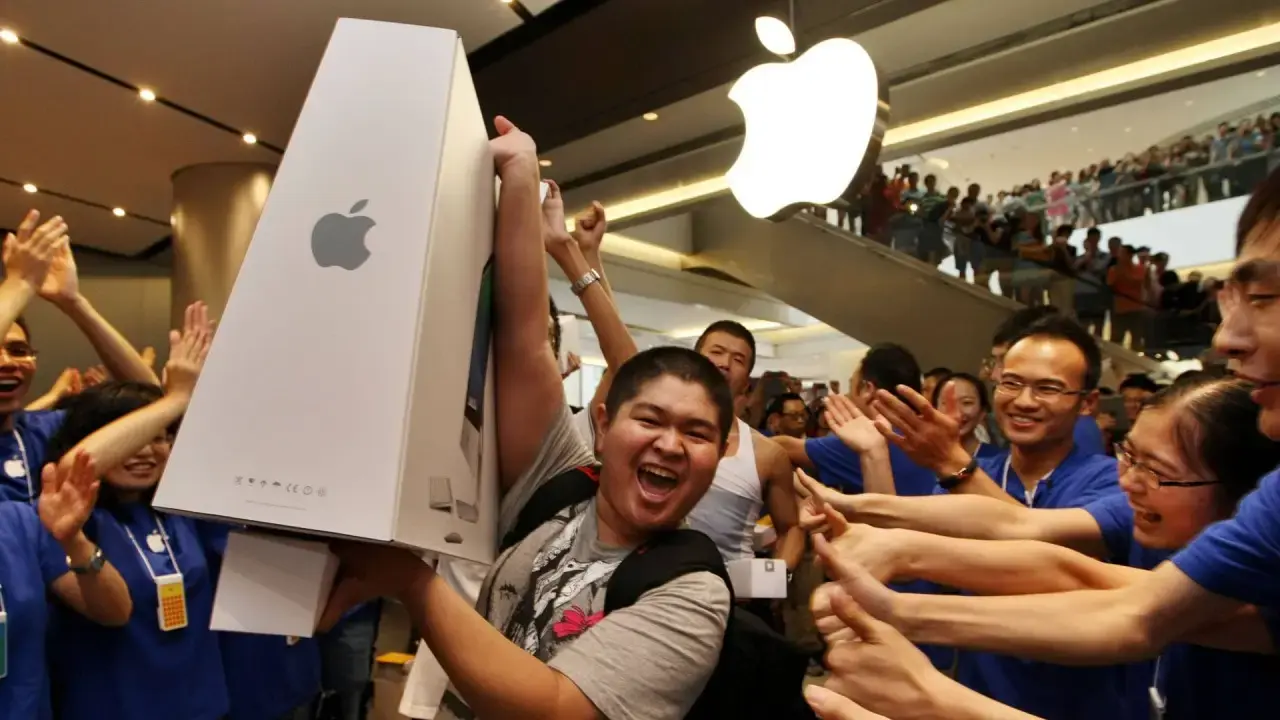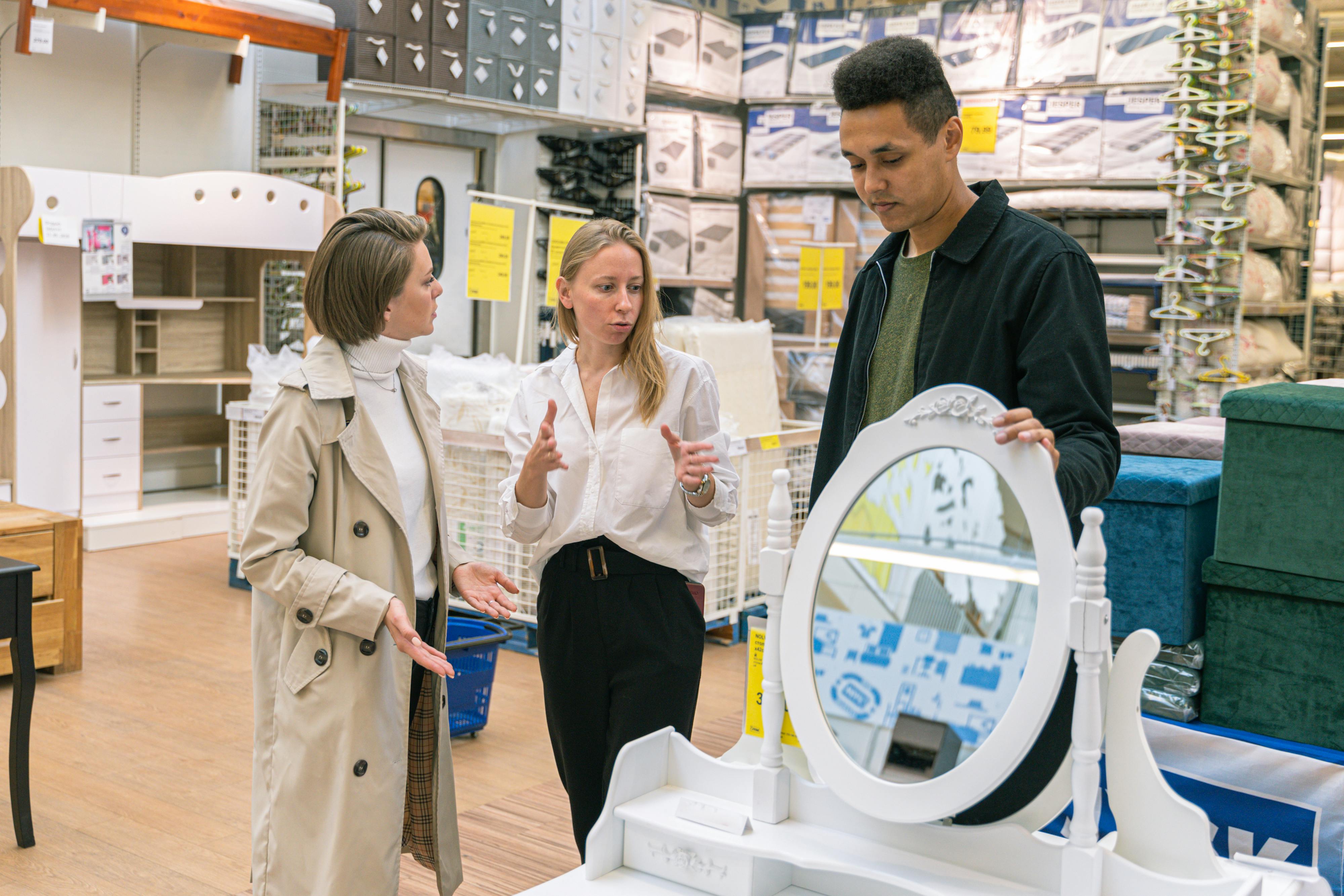Why siloed CX strategies fail
- Customer Experience Strategy & Vision
- ·
- 5 min read
Why do so many customer experience (CX) strategies fall short despite good intentions and talented teams?
Because they’re built in silos.
In many large organisations, CX is still treated as a single team’s responsibility. But customers don’t care who owns their experience. They just want it to feel seamless, consistent and human. When different departments pull in different directions, it shows. And it costs.
So, what does good look like?
.png?width=1994&height=1331&name=image%20(47).png)
Customers don’t think in channels. And neither should you.
Great customer experience isn’t about departments, platforms or channels. Customers don’t think in those terms. They don’t say, “I’ve moved from marketing to operations now.” They just expect everything to work together.
Whether they’re browsing a website, using a mobile app, chatting on social media, calling support or walking into a store, it should feel like one continuous journey. When it does, it builds trust and loyalty. When it doesn’t, customers feel the handoffs, the silos, the clunky bits you thought were invisible.
According to Aberdeen Group, companies with strong omnichannel engagement strategies retain 89% of their customers, compared to just 33% for those with weak strategies. The message is clear: joined-up experiences keep people coming back.
But achieving that isn’t just about clever design or technology. It’s about leadership, governance and mindset. CX needs to be a shared responsibility across HR, operations, tech, finance and brand. When those teams align with a single vision of the customer, the experience becomes a symphony rather than noise.
Execution beats innovation
The most admired brands aren’t always the most cutting-edge. They’re the most consistent.
In the rush to innovate, many organisations overlook the basics like smooth, joined-up, reliable delivery. According to McKinsey, 80% of CX leaders say aligning operations with CX strategy was the single most effective change they made.
Sometimes, what looks like a CX issue is really an operational one. Maybe the app is sleek, but fulfilment is slow. Maybe the frontline staff are empathetic, but the processes behind them are broken. In all these cases, CX design is as much about aligning systems and operations as it is about brand voice or digital user experience (UX).
Let’s be clear – innovation is great. But if it’s not joined up across channels and departments, it can actually confuse and frustrate customers. Consistency builds trust. And trust builds loyalty.
Silos are costly
It’s tempting to think siloed CX is just an internal challenge. But the impact is very real and very external. According to Forrester, 64% of CX leaders cite internal silos as the biggest barrier to delivering seamless experiences.
Fragmented CX doesn’t just slow you down, it actively degrades the customer experience. Every uncoordinated initiative and disconnected touchpoint adds friction. Teams may be optimising their own slice of the journey, but if they’re not aligned, the result is confusing and inconsistent.
In fact, the illusion of progress can be more damaging than a clear failure. When everyone thinks they’re improving CX, but no one is talking to each other, the customer ends up navigating a messy maze of good intentions.
To fix this, CX can’t just be seen as the “emotional” layer sitting above operations. CX design is operations. It’s the choices, systems, behaviours and technologies that shape how customers feel at every touchpoint.
.webp?width=1997&height=1333&name=image%20(45).webp)
Collaboration over protectionism
Is your organisation wired for customer excellence or internal protectionism?
Too often, departmental silos are reinforced by competing KPIs, legacy reporting lines or political conflict. If your teams are more focused on protecting their patch than delivering for the customer, that’s a cultural issue. And culture starts at the top.
Brilliant customer experience isn’t just about talent or tools, it’s about mindset. It takes leadership that models collaboration, rewards shared outcomes and sets a clear, customer-first vision. It’s about moving teams from acting in isolation to acting in harmony.
Because without that leadership clarity, every localised improvement runs the risk of becoming another point of friction.
At its core, fixing fragmented customer experience isn’t a design problem, it’s a leadership one. It means making a conscious choice to replace internal complexity with external clarity, shift from channel thinking to human journeys, and empower teams to act with shared vision, not isolated metrics.
The Engine perspective
At Engine, we believe the biggest barrier to brilliant CX is fragmentation. Because every fragmented moment is a broken promise. Your departments might be delivering tasks, but your customers are experiencing the gaps.
We help organisations shift from patchwork improvements to holistic orchestration. We blend strategy, creativity and systems thinking to unite people, places and technology around the customer.
We don’t just design better journeys, we help our clients define a clear CX vision and empower teams to deliver it together.
Because in the end, brilliant experience isn’t a one-off campaign or clever app feature. It’s what happens when everyone plays their part, with the same goal in mind: to serve the customer in every moment that matters.
Want to explore how unified CX could transform your organisation? Get in touch.












